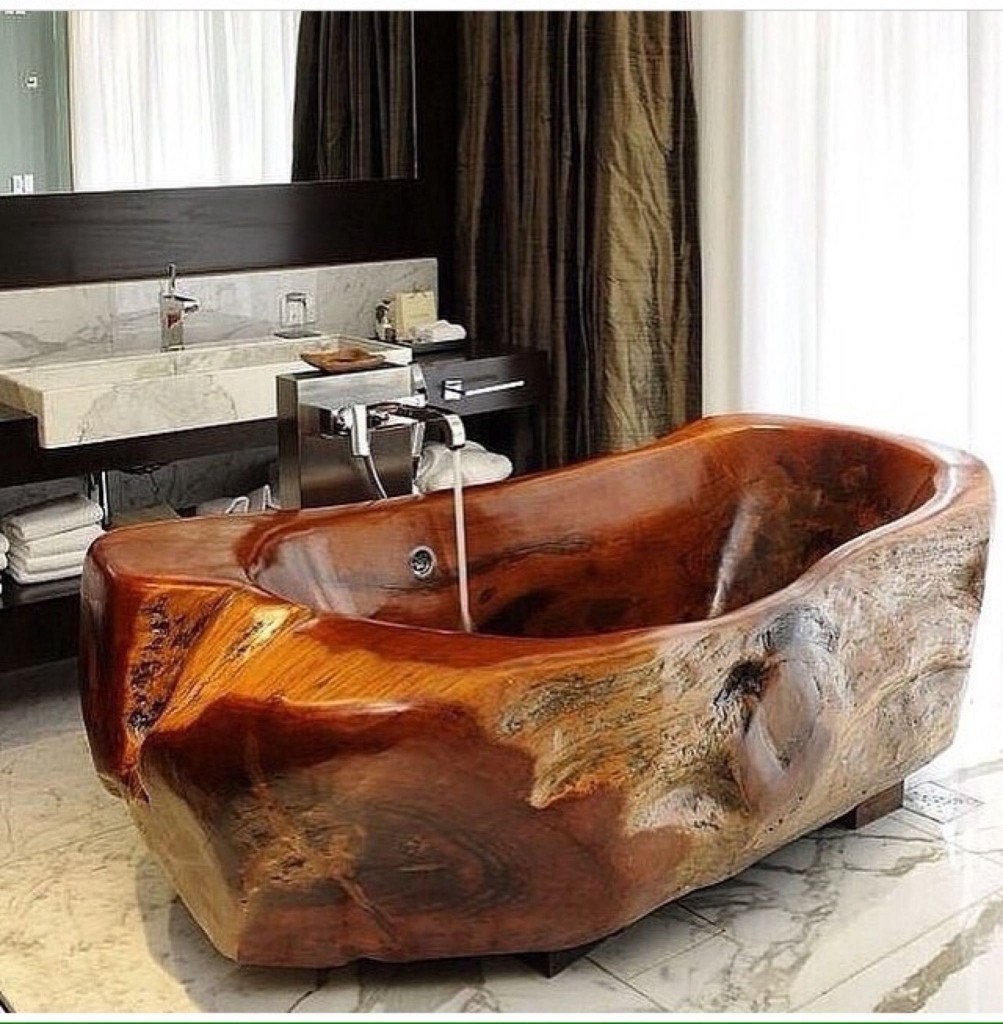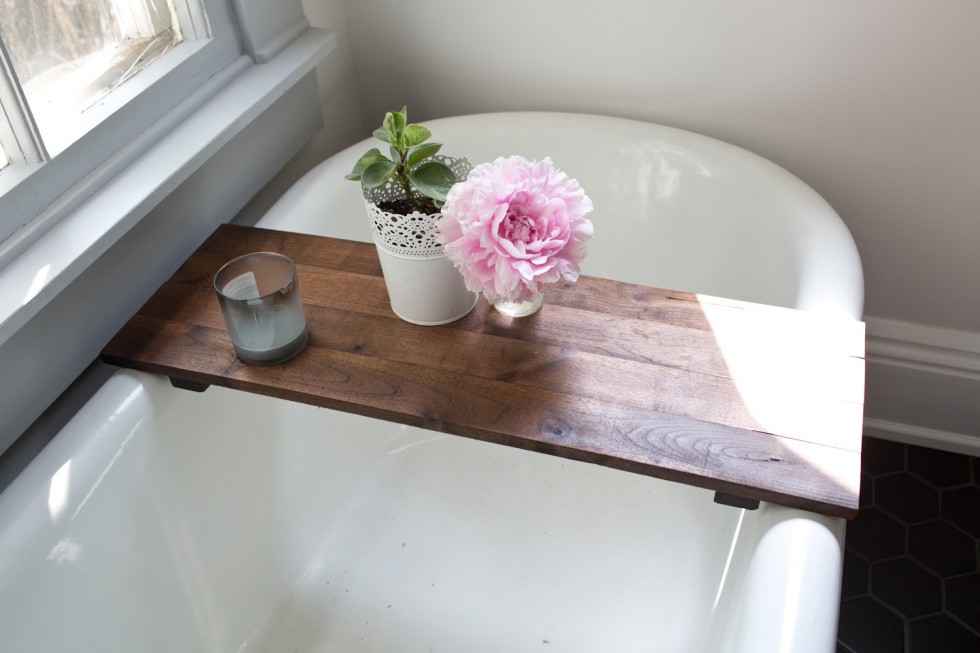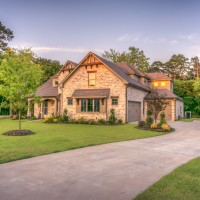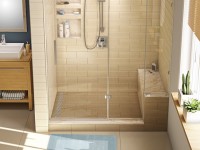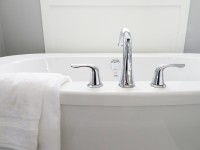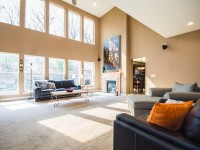A lot of people even when renting apartments look for options with a bathtub. So when you’re planning a bathroom remodel, bathtub should be on your list of makeovers. While the shower is definitely a much faster way to get clean, it is a bathtub that can offer a relaxing alternative. This article unveils the information about the types of bathtubs on the market, additional features you may include to your purchase, and the average costs of bathtubs.
Bathtub types
Depending on the layout and room available in your bathroom, you can make your bathtub either just a functional element or a centerpiece of the whole room. Find the basic types and forms of bathtubs to plan your room below.
- 3-wall alcove
This bathtub type is a combination of a bath and a shower. It’s the most common compromise for small spaces that need functionality. As a rule, the shorter sides of the 3-wall alcove bathtubs are placed between two walls or a wall and a built-in storage cabinet. Shower in most cases comes in a wall-mounted form.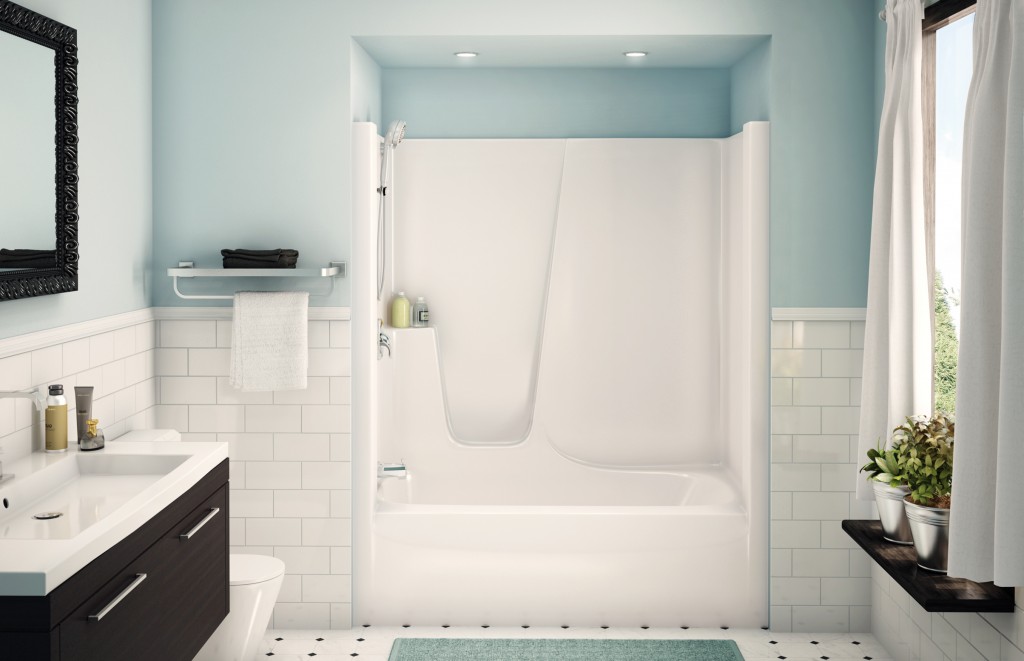
- Drop-in
These bathtubs have not finished appearance because they are meant to be built-into a framed enclosure. This is done in bathrooms with beautiful big windows and only if space allows planking the bathtub with some frame to match bathroom cabinets or tile. Keep in mind that the enclosure part is not included in the tub’s price.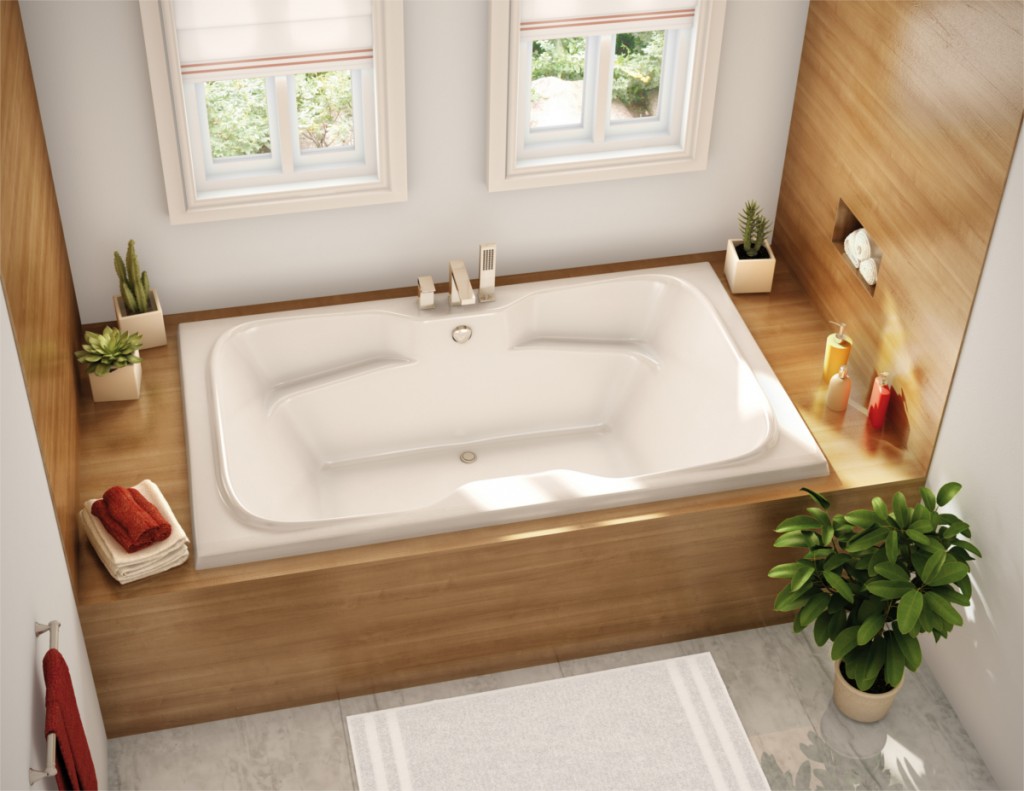
- Undermount
This is a kind of a drop-in bathtub that is designed for floor-level installation. In most cases, the lip of the tub is covered with tiles.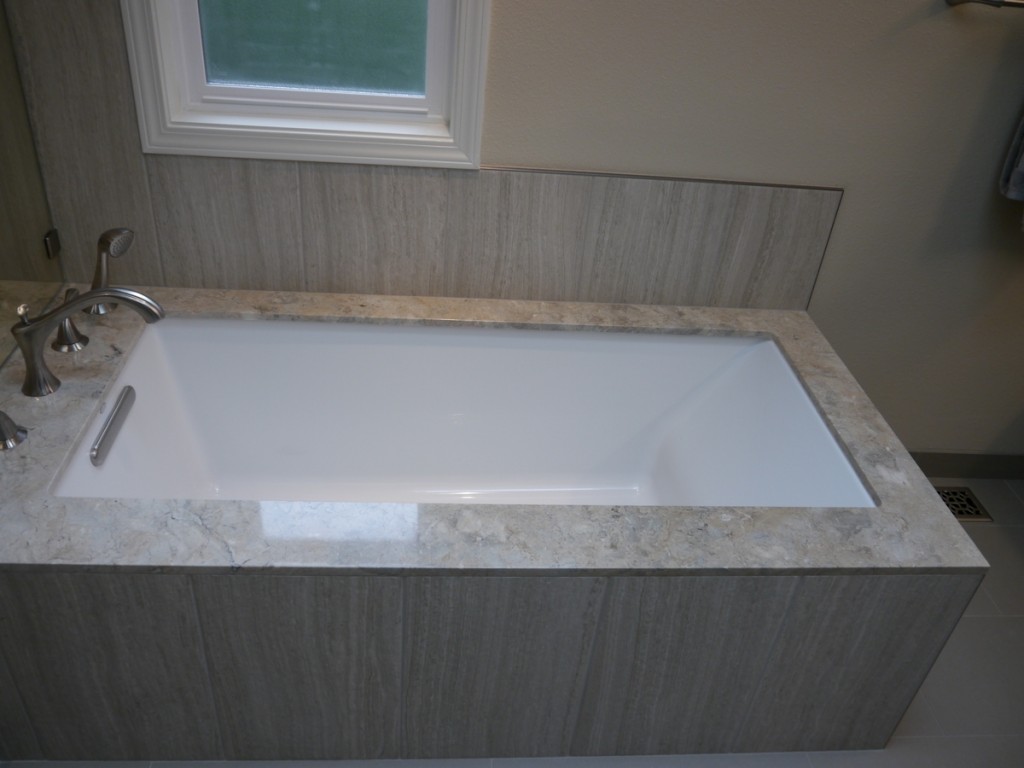
- Corner
As the name suggests, these tubs are located in the corner. This is a variation or a mixture of the alcove and drop-in designs. Corner bathtub is ideal in terms of bathing space inside of the tub for bathrooms that don’t offer much space.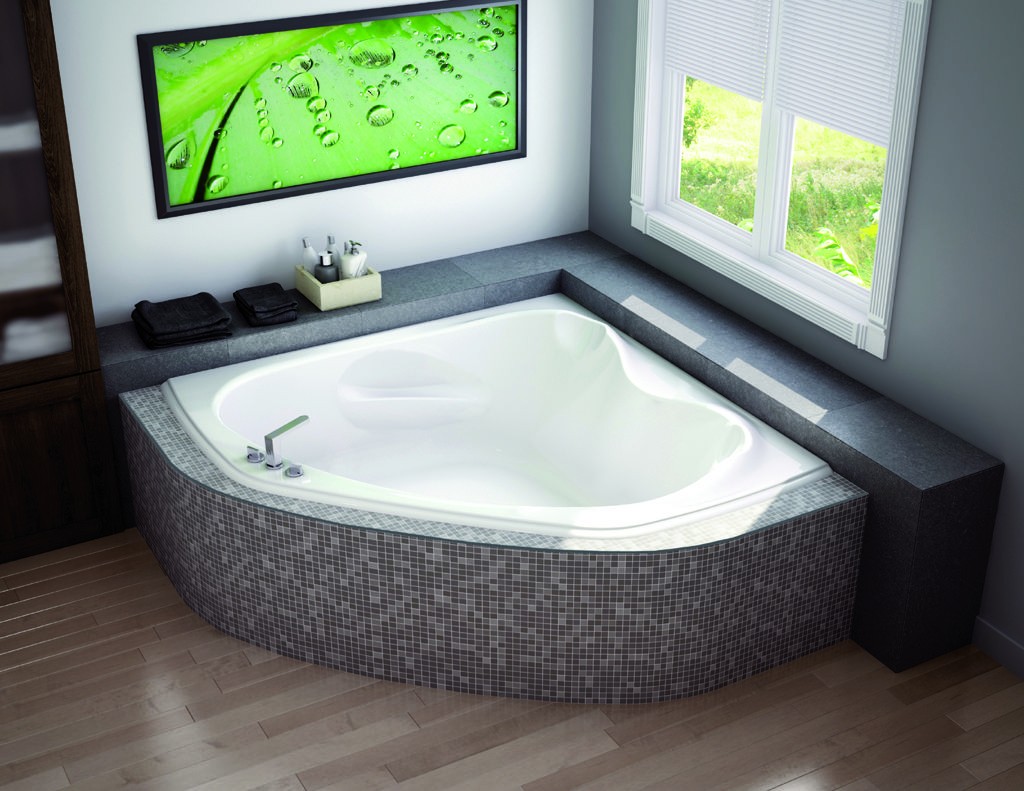
- Freestanding
The name of these tubs explains their appearance. This kind of bathtubs is not mounted on anything, it stands on its own in the bathroom. Such options are best for large bathrooms that can let you make the tub the heart of the whole room design.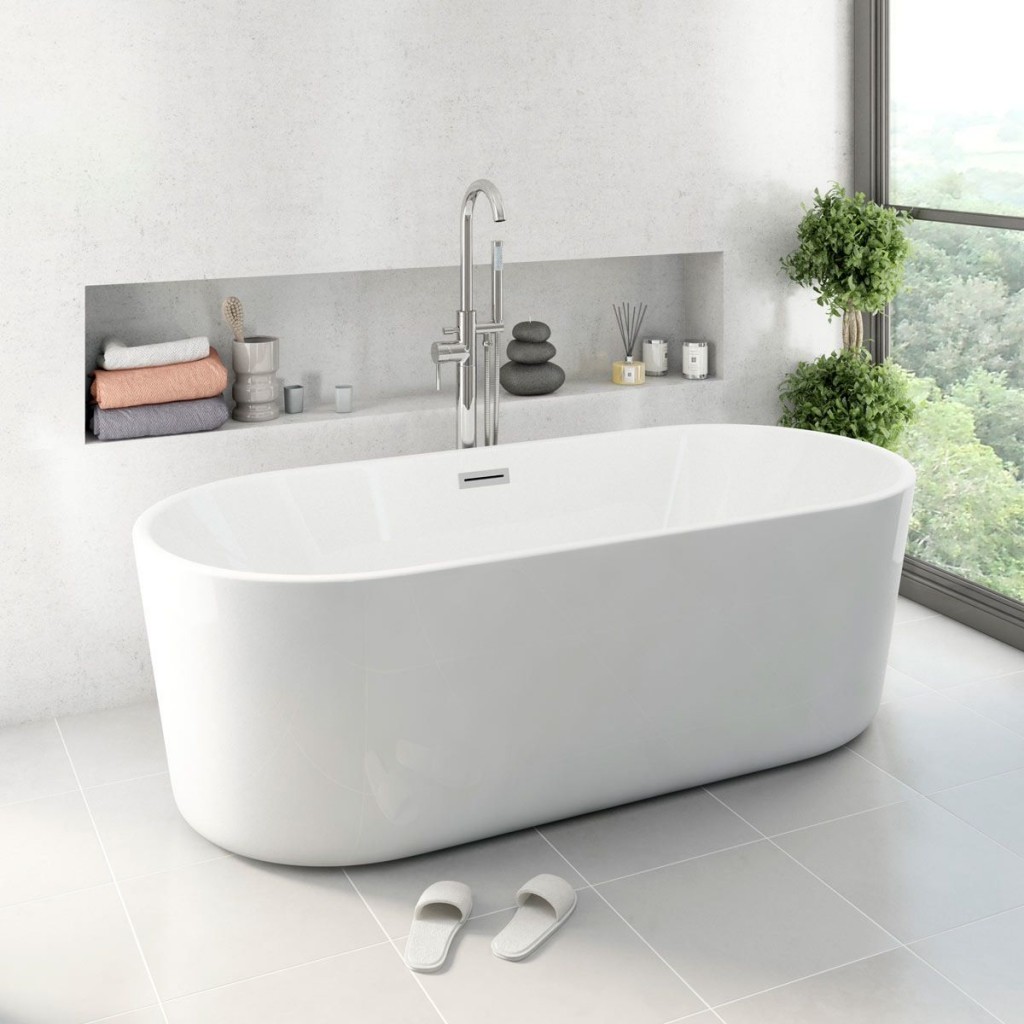
- Clawfoot
These tubs remind of the Victorian ages when only the nobility had access to water and tubs. This bathtub is a kind of freestanding bathtubs but has mounted legs at the bottom. It’s also ideal to be the center of your bathroom design, yet only if space allows.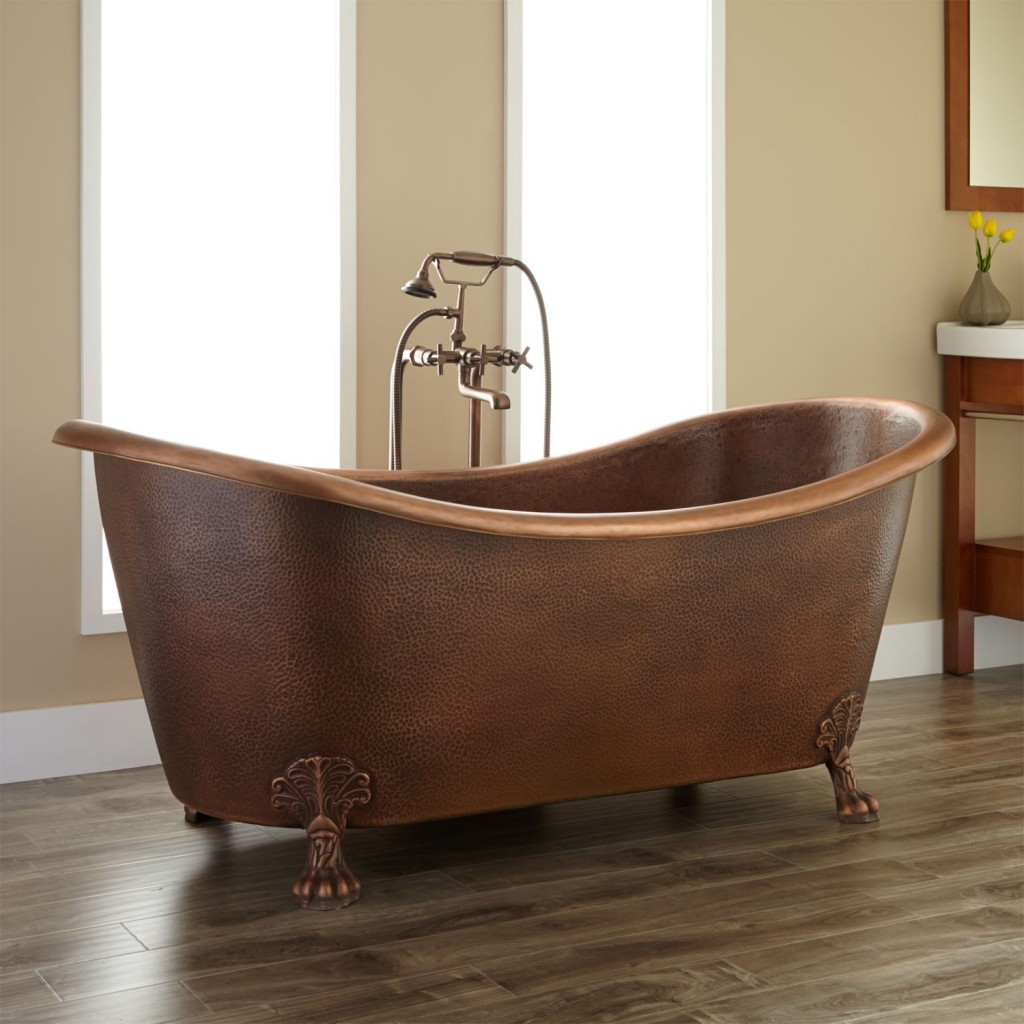
What are the features available in bathtubs?
As a rule, homeowners don’t think of additional features for their bathtubs, unless they choose spa corner tubs. However, we rush to inform you that almost any tub can be adjusted to match your needs and preferences. Read about the additional features you can expect from your bathtub below.
- Jets for bubbles
This is the most common additional feature demanded by the homeowners. In terms of bubbles types, you can opt for several options, namely:
– silent motor technology to reduce the sound of jets
– foot massage jets
– bubble-only jets with warmed air
– micro-bubble jets for champagne-like bubbles
– multi-speed settings to adjust the jets vigor - Chromatherapy
This feature is rarely popular for home renovations, yet may come in handy if you’re looking for a bathtub for a spa. These are underwater LED lights that change color. - Music
Yes, even built-in speakers are a possible feature for a bathtub. Yet, professional bathtub installers say that it’s better to avoid this addition because exactly music tends to break most often in bathtubs. - Digital controls
Controls are needed if you’re going for jets and bubbles because it helps controlling water temperature, jet direction, and flow as well as lights color and music. - ADA compliant
This might not be an additional, but an essential feature for older people and people with disabilities. ADA compliant feature includes wide edges for sitting and easing into the tub and non-slip floor surfaces. There are also variations with hinged doors for easy access.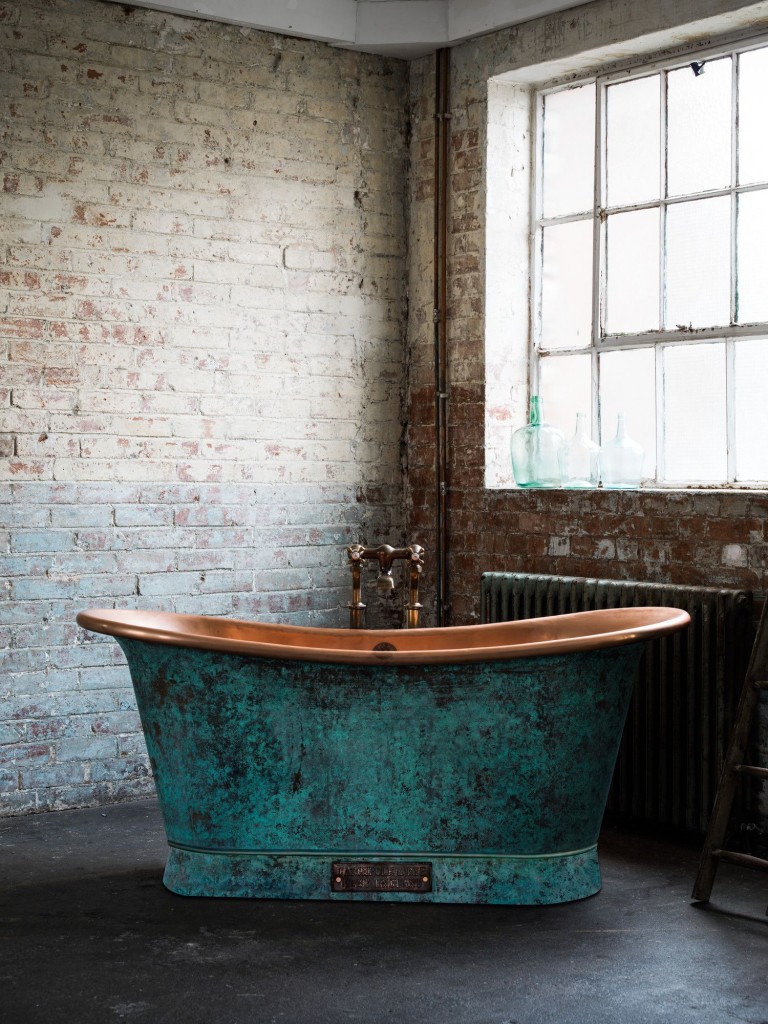
Costs of tubs and construction works
Bathtubs can be made of a wide variety of materials. The initial cost of each material directly influences the cost of the final product. Today, you can find any kind of bathtub made of any kind of material. The final cost of your tub piece depends on its material, size, and additional features you need. For instance, standard acrylic alcoves usually cost around $700, but if you add lights, digital controls, and heated bubbles your price may go up to $18,000 per piece. Here are the standard prices for bathtubs of different materials without additional features.
- Acrylic and fiberglass $400 – $1,700
These bathtubs come in a wide line of sizes, colors, and shapes. They are most common and affordable options for home improvements. - Cast-iron $400 – $1,200
Due to the enamel finish of these bathtubs, you can find them in almost any color. These are one of the heaviest pieces available in the market. It’s perfect if you love taking a bath for ages because cast-iron perfectly preserves heat. - Copper $4,000 – $50,000
Copper bathtub looks amazing and is worth just looking at it. But the price is high due to the value of the material. - Enameled steel $350 – $1,000
Moderate price of enameled steel makes this kind of bathtubs very popular. They are tough in terms of scratch and stain resistance. However, these tubs have a pretty limited line of colors. - Stone and wood $15,000 – $25,000
You read it right, you can get a bathtub made of stone (limestone, travertine, etc.) or wood (pear, walnut, mahogany, etc.) If you’re going for a bath of this material, then ensure to make it a freestanding one for showing off.